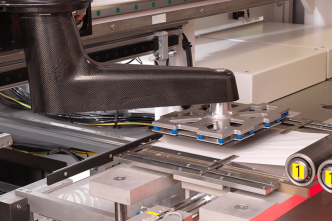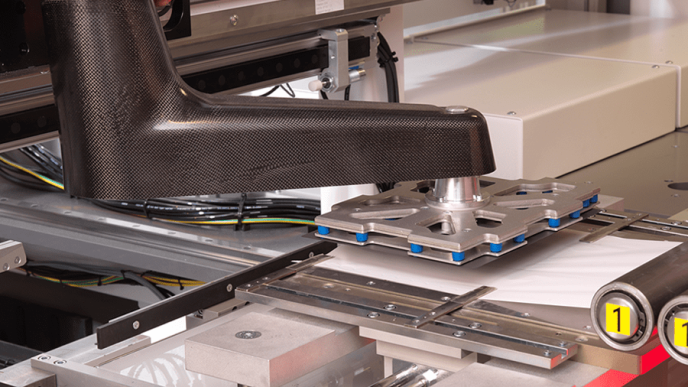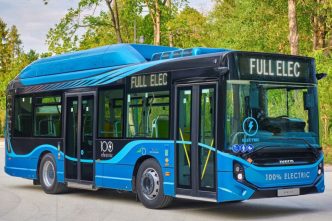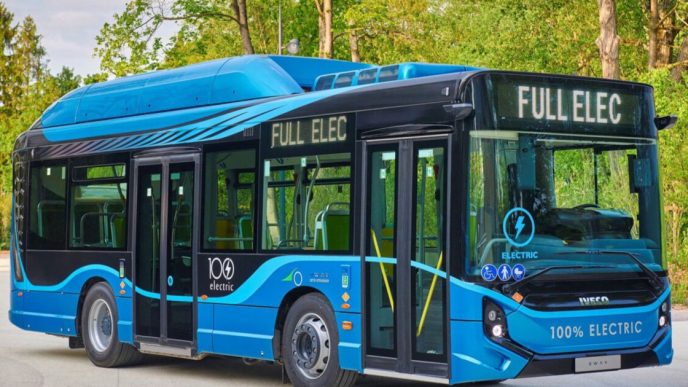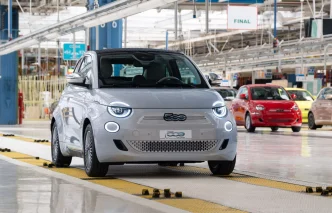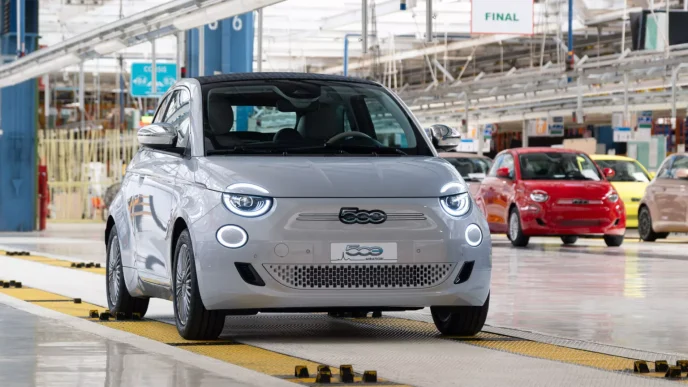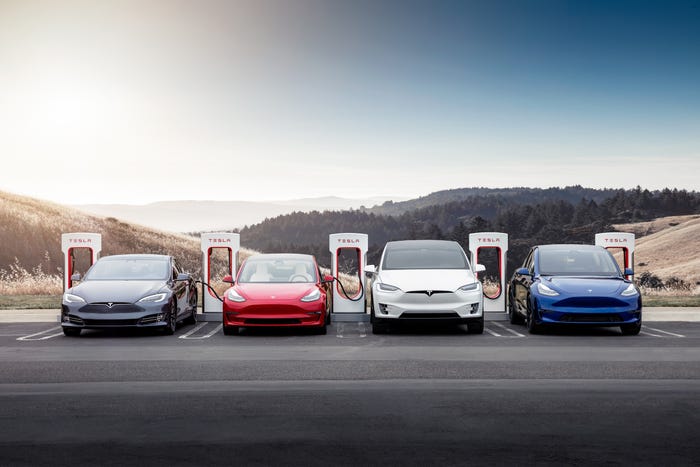McLaren is actively engaged in the development of its highly anticipated successor to the P1 hypercar, with plans for an unveiling prior to the end of the decade. The forthcoming model is expected to distinguish itself by emphasizing low weight and exceptional driving dynamics, rather than pursuing the prevalent trend of high power output associated with electric vehicles.
Introduced in 2012 as part of the “Hypercar Holy Trinity,” alongside competitors like the Ferrari LaFerrari and Porsche 918 Hybrid, the electric McLaren P1 made a significant impact on the automotive landscape. With competitors such as the Rimac Nevera and Porsche’s upcoming Mission X hypercar garnering attention, McLaren’s commitment to the upper echelons of the hypercar segment remains evident. While McLaren’s Ultimate Series showcases exceptional models like the Senna, Speedtail, Elva, and Solus GT, none of these vehicles directly succeed the iconic F1 and P1 lineage.
See also: Not a supercar, McLaren confirms their first EV will be a SUV
Addressing inquiries about a potential electric flagship hypercar to rival Porsche’s Mission X, McLaren’s CEO, Michael Leiters, acknowledged the brand’s ongoing efforts. Initial reservations stemming from concerns about weight have been mitigated by technological advancements, providing a fresh perspective on development possibilities. Leiters emphasized that the objective is not to create a vehicle boasting “2,000 kg and 2,000 hp,” a feat he believes many could achieve. Instead, the focus lies in producing an electric vehicle with a weight profile comparable to the McLaren 750 S, designed to exceed the performance of the brand’s internal combustion engine (ICE) offerings not only in terms of power and speed, but also in handling, agility, and the distinctive driving experience associated with McLaren.
Leiters provided insight into the projected timeline for the introduction of the electric flagship, suggesting a potential debut “toward the end of the decade.” He indicated that this upcoming model would introduce novel technologies that could subsequently influence other segments within McLaren’s lineup. However, a transitional phase is anticipated prior to this milestone, underlining the ongoing relevance of traditional ICE vehicles. The positive sales performance of the McLaren 750S underscores the enduring appeal of such vehicles. Leiters acknowledged the evolving market dynamics and the potential interest from a different customer demographic.
See also: McLaren to launch electric sedan to compete with the Porsche Taycan
Despite these considerations, McLaren remains committed to advancing both combustion and hybrid powertrains. The brand recently announced a renewed collaboration with Ricardo, aiming to develop a next-generation V8 engine that will serve as the foundation for a hybrid system, intended to power lightweight, high-performance hybrid supercars.


